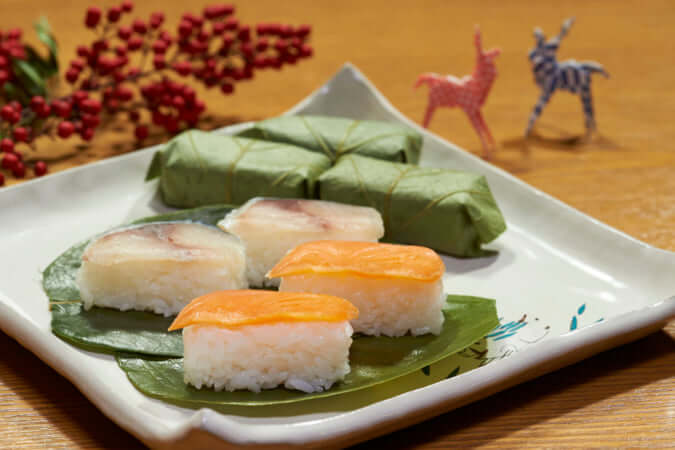Michael Kenna’s Black and White Japan
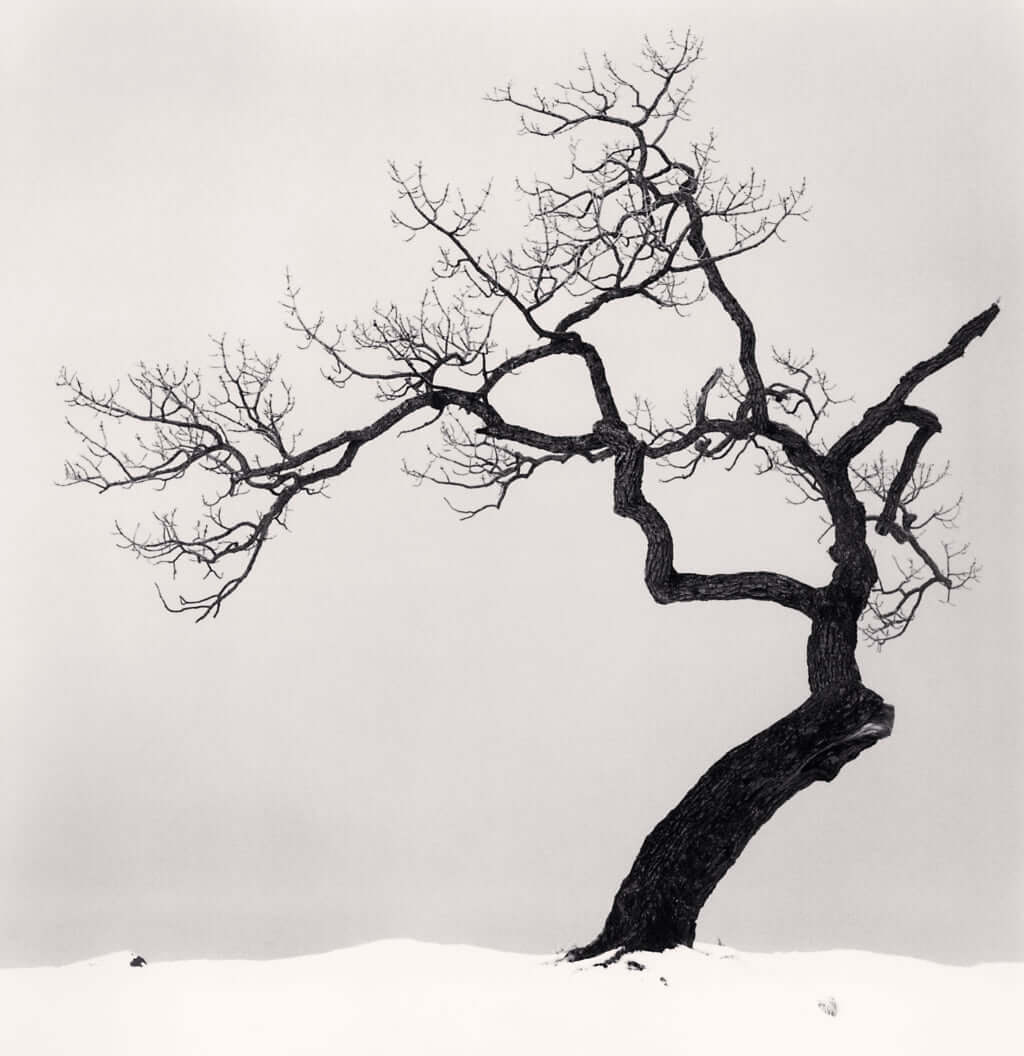
Hashikui Rocks, Study 1, Kushimoto, Honshu, Japan. 2002. © Michael Kenna
The colours of red of torii gates or the pink of cherry trees are notably missing from the photography work of Michael Kenna. Well-versed in monochrome, the internationally renowned photographer produces photographs of unparalleled simplicity and purity. Captivated both by the philosophy and the landscape of Japan, he has travelled the length and breadth of the archipelago over numerous trips over the last 30 years. Over the years, it’s the starkness of nature that is transcribed in his monochromatic works, where the beauty of landscape is rendered its most simple.
From Hokkaido to Honshu, rock formations to Buddha statues, as well as the Japanese countryside, his photographs might feature trees stretched across lakes, spiders scuttling across sacred texts, or birds in flight. The photo series Forms of Japan highlights the streamlined forms of Japan. Far from the flashing neons of Tokyo, devoid of residents and tourists, Japan is depicted at its most beautiful, raw nature. Most frequently taking photographs at dawn or at nightfall, in order to capture an etherial light, Kenna can spend hours capturing an image. Sometimes this produces a result which means sky and water become confused. The process is grandiose for such a minimalist and meditative final image.
Forms of Japan, the book by Yvonne Meyer-Lohr, follows the work of the photographer, in a suggestive rather than descriptive way. Organised into five chapters, Sea, Land, Trees, Spirit and Sky, the work responds to each work with a haiku, a mediative and poetic response to Kenna’s work.
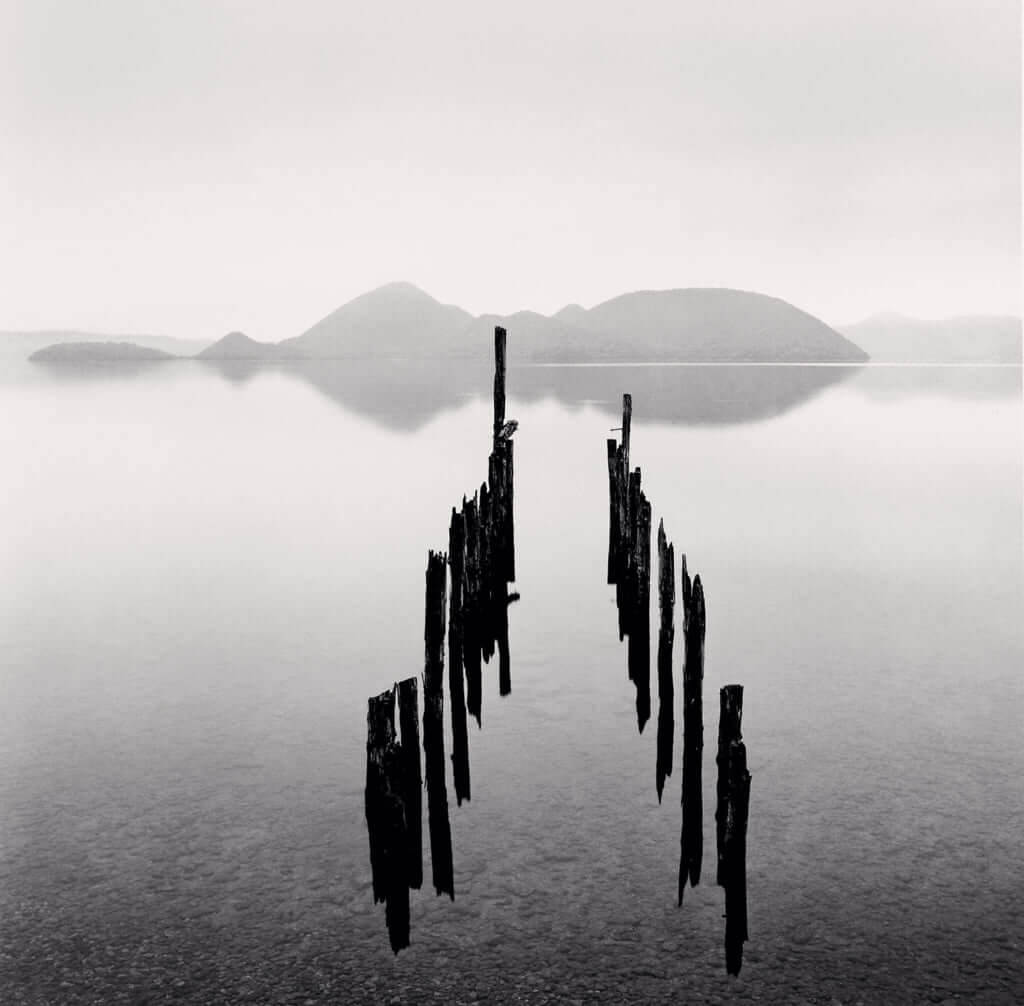
Hillside Fence, Study 2, Teshikaga, Hokkaido, Japan. 2002. © Michael Kenna
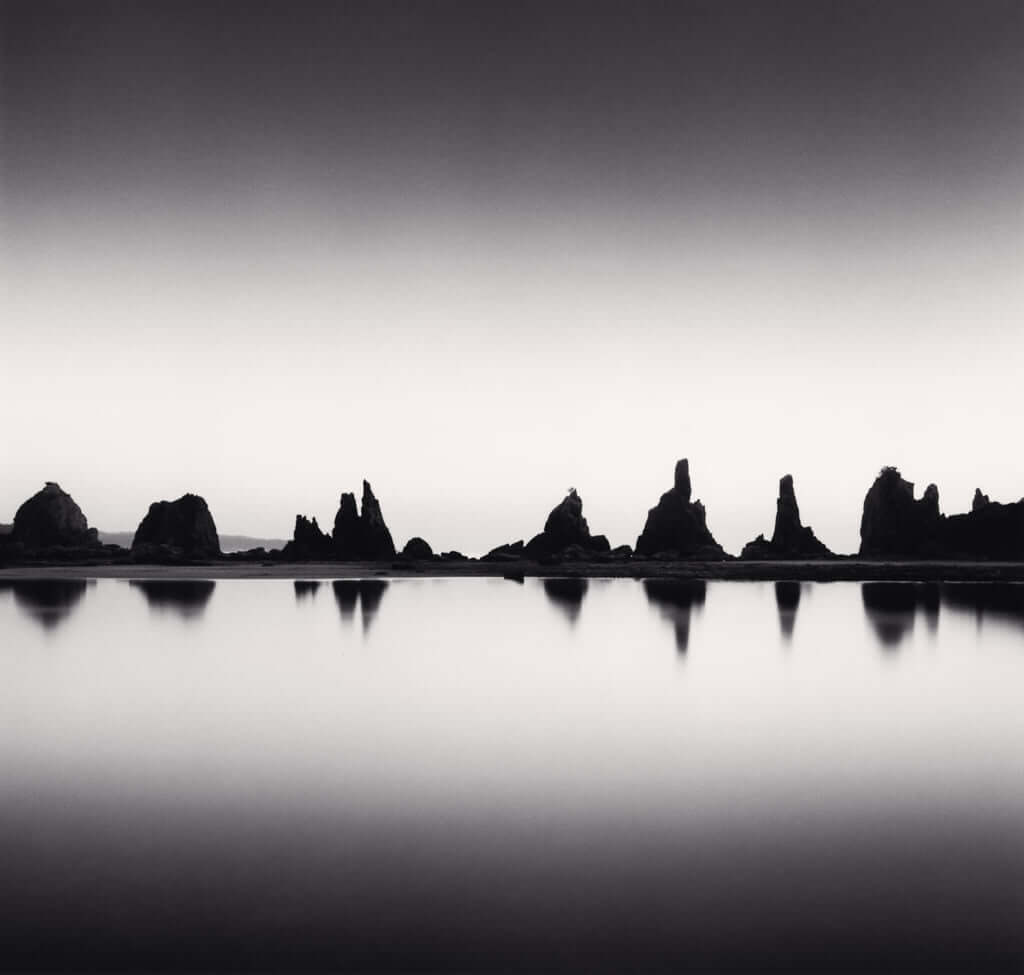
Kussharo Lake Tree, Study 1, Kotan, Hokkaido, Japan. 2002. © Michael Kenna
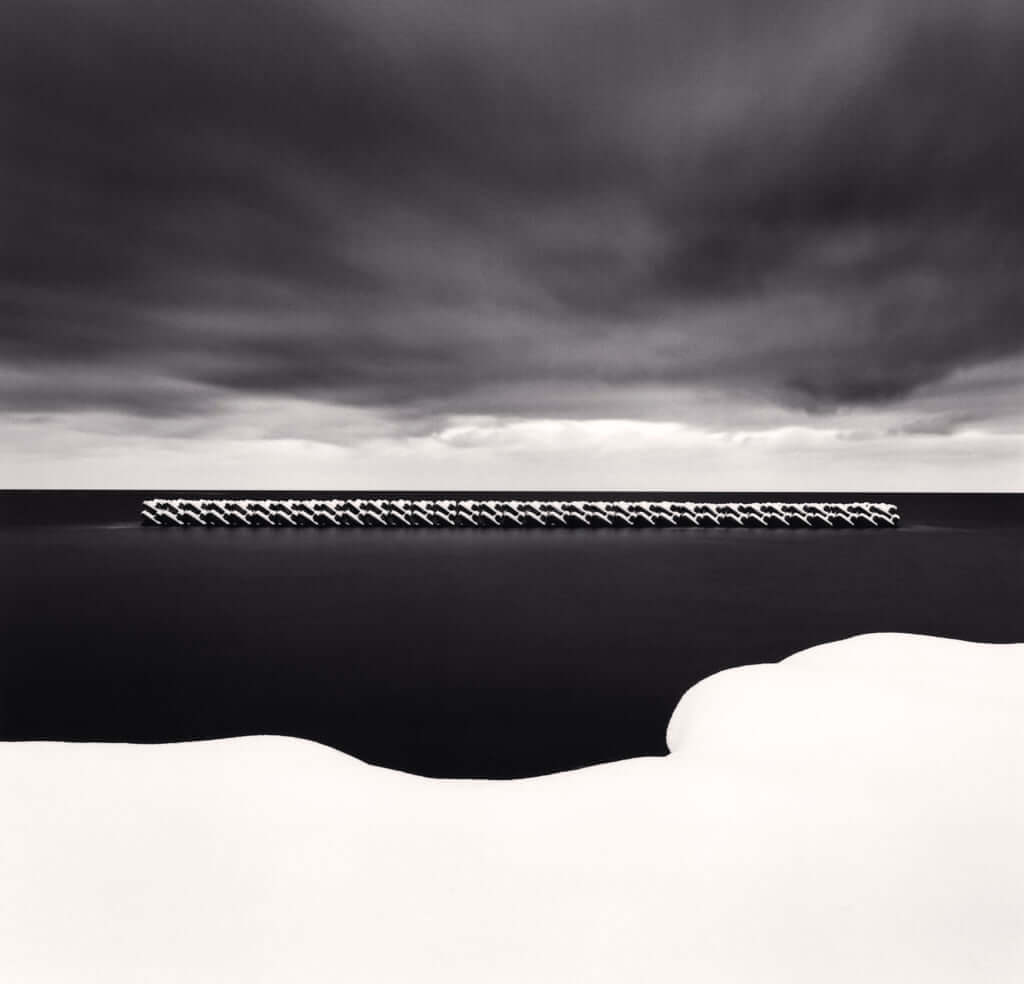
Pier and Nakashima Islands, Toya Lake, Hokkaido, Japan. 2002. © Michael Kenna
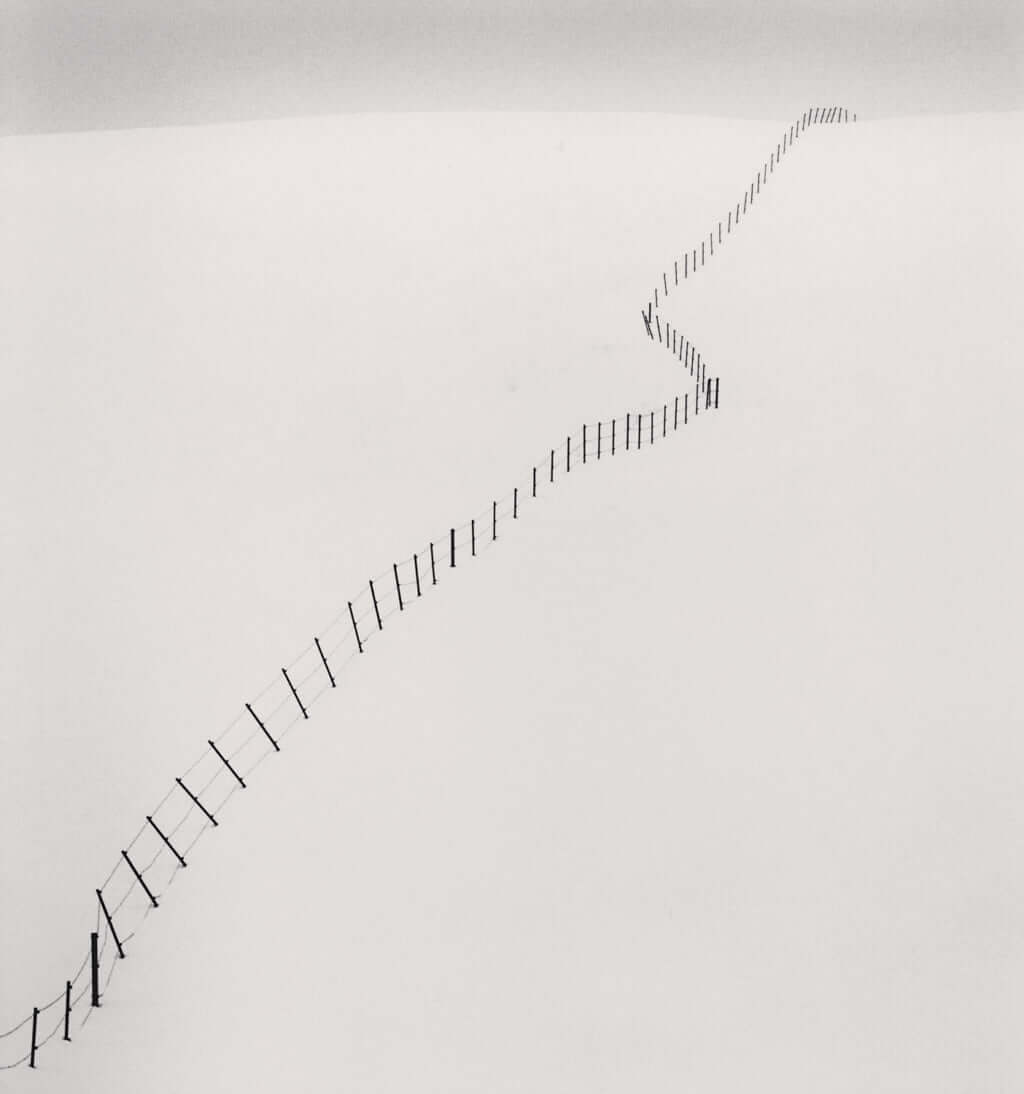
Winter Seascape, Wakkanai, Hokkaido, Japan. 2004. © Michael Kenna
TRENDING
-
Colour Photos of Yakuza Tattoos from the Meiji Period
19th-century photographs have captured the usually hidden tattoos that covered the bodies of the members of Japanese organised crime gangs.

-
The Tattoos that Marked the Criminals of the Edo Period
Traditional tattoos were strong signifiers; murderers had head tattoos, while theft might result in an arm tattoo.

-
The Fighter Jet-Shaped Mazda RX500 in the Words of its Original Designer
The Mazda RX500 was not a mere show car, but a prototype vehicle, developed as the successor to [the Mazda] Cosmo Sports.

-
The Tradition of the Black Eggs of Mount Hakone
In the volcanic valley of Owakudani, curious looking black eggs with beneficial properties are cooked in the sulphurous waters.

-
Sushi from Nara, Wrapped in a Delicate Persimmon Leaf
Used originally to preserve the freshness of raw fish, this technique has become a staple food from the former imperial capital.





